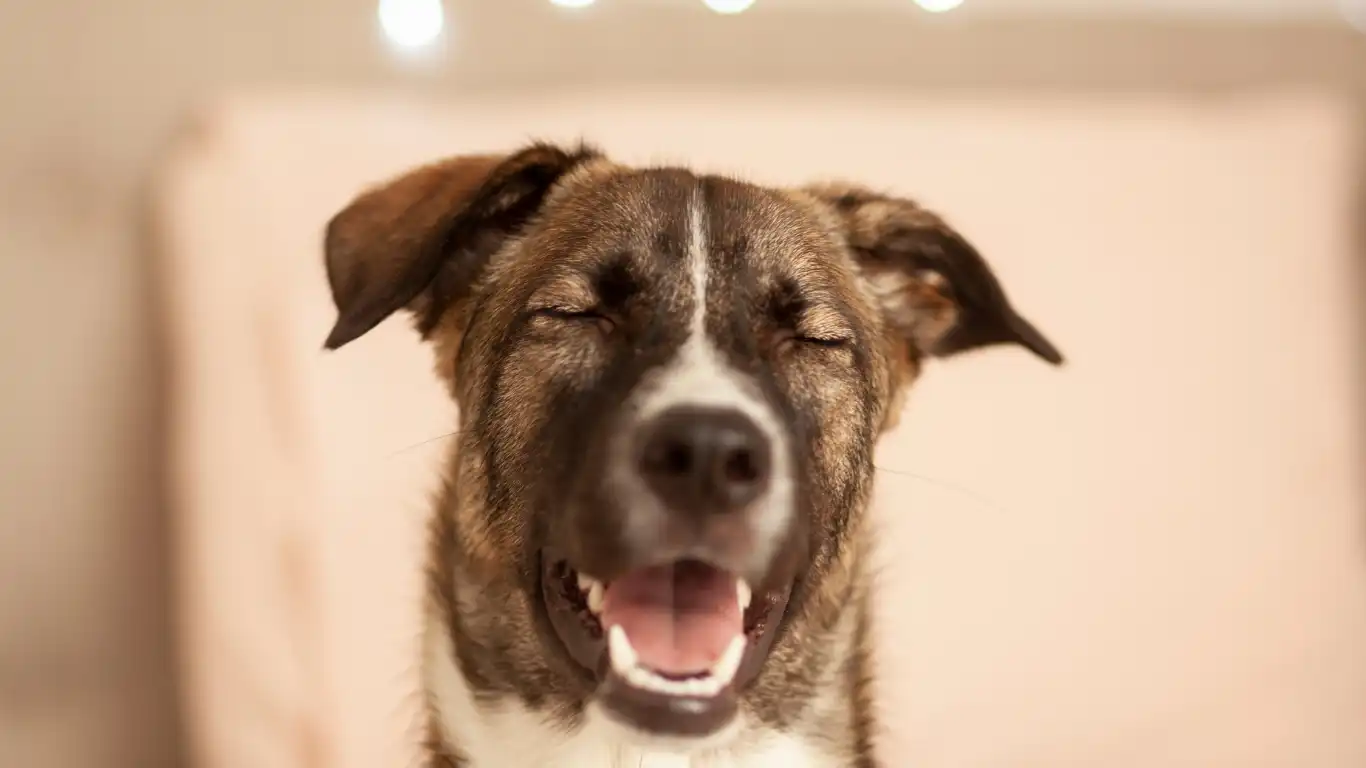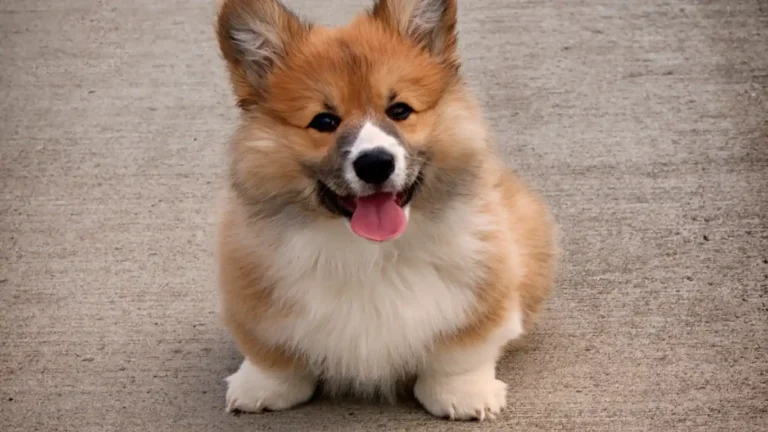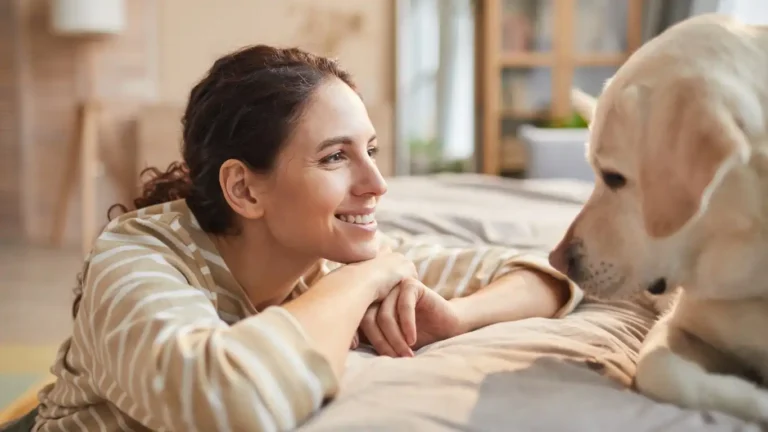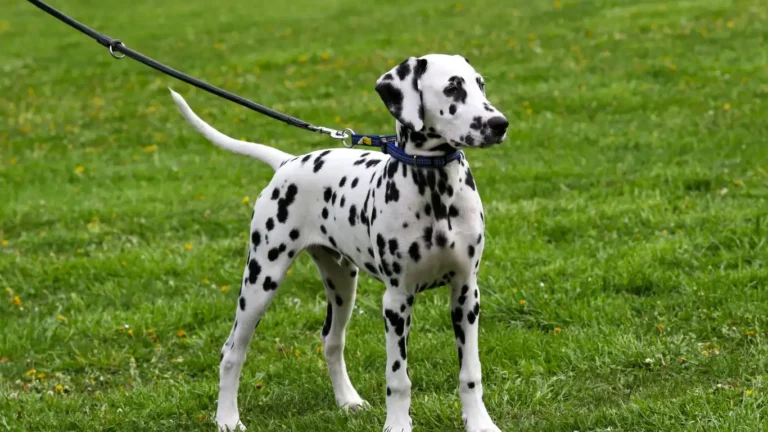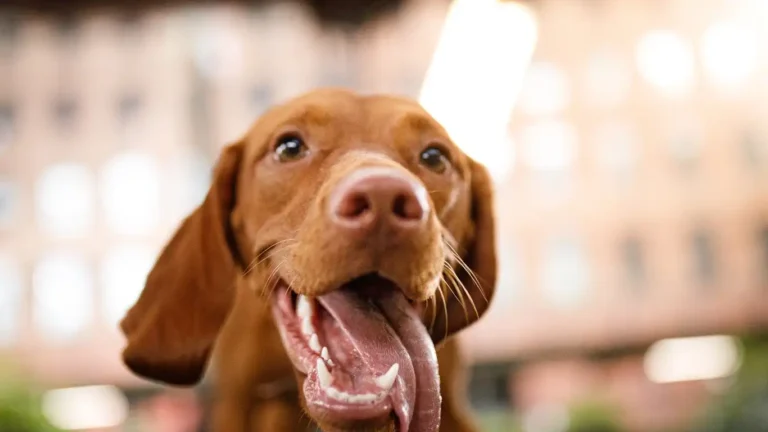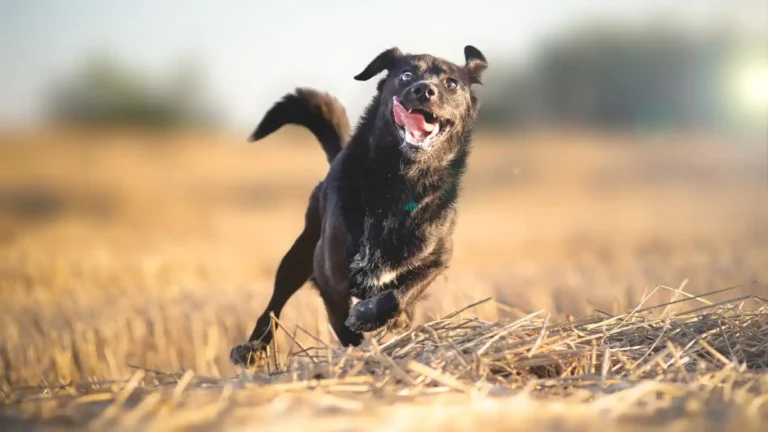Transform Your Home: How to Create a Relaxing Space for Anxious Dogs
As a Veterinary Technician specializing in Nutrition, I’ve worked with more than my fair share of nervous pups. One of the most common concerns pet parents bring up is *how to create a relaxing space for anxious dogs*. And let me tell you—it’s not just about throwing down a dog bed and hoping for the best. Just like us, our canine companions crave comfort, predictability, and a vibe that helps them feel safe. Over the years, I’ve helped dozens of families tweak their home environments to support their dog’s emotional health, and in this article, I’ll walk you through what actually works—no fluff, just real talk.
Understanding the Root of Canine Anxiety
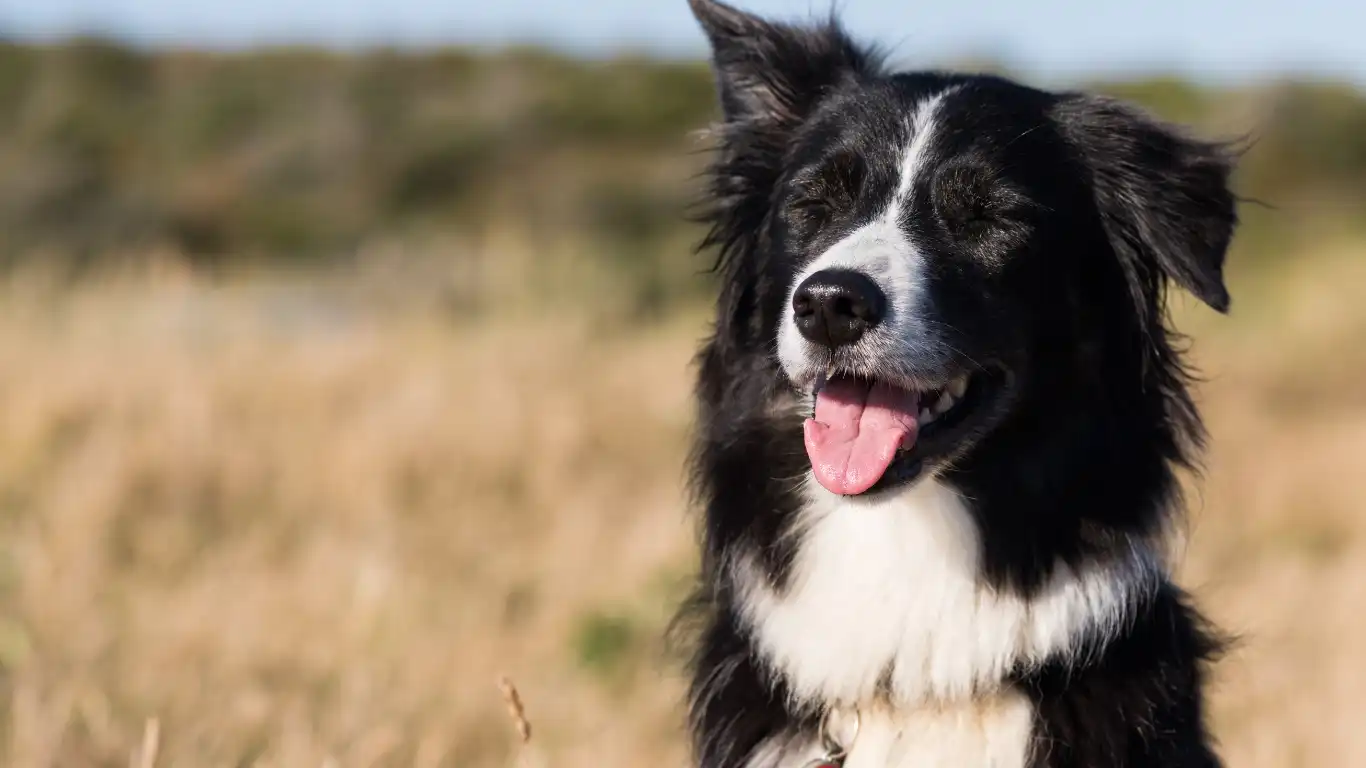
Before we jump into setups and aesthetics, it’s important to get why your dog might be anxious in the first place. From my time working in clinics and consulting with pet parents, I’ve noticed the most common triggers fall into these categories:
- Past trauma (especially in rescues)
- Separation anxiety
- Noise sensitivity (fireworks, thunderstorms, even vacuum cleaners!)
- Changes in routine or environment
- Lack of physical or mental stimulation
If your pup is always pacing, panting when it’s not hot, licking their paws excessively, or hiding more than usual, those are subtle (and not-so-subtle) signs of stress. And just like how we unwind after a long day, dogs need that cozy space where they can decompress. That’s where we start.
Setting the Mood: Why Environment Matters
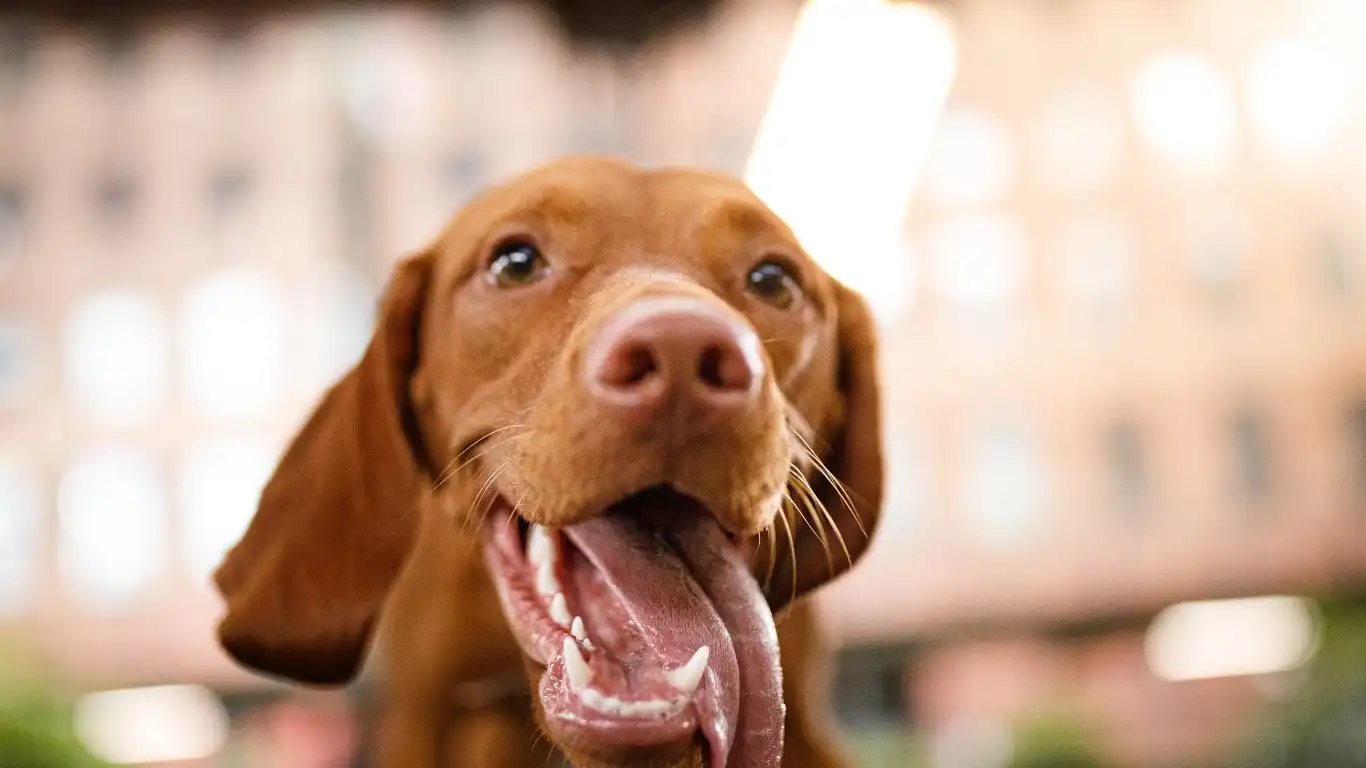
Create a Safe Zone They Can Call Their Own
One of the first things I recommend is designating a specific spot in your home that’s *just* for your dog. Think of it like their sanctuary. It doesn’t have to be fancy—but it should be consistent. Whether it’s a quiet nook in your living room or a tucked-away corner in your bedroom, make sure it’s away from high-traffic zones.
- Pick a calm corner – somewhere with low noise and minimal foot traffic.
- Use familiar scents – a blanket that smells like you, or their favorite toy, goes a long way.
- Choose the right bedding – orthopedic beds are great for older or larger dogs, but even a thick, soft mat will do wonders.
One of my patients, a sweet old Lab named Molly, would get super anxious every time her owners had guests over. Once we set up a little safe haven for her in their laundry room (complete with white noise and a treat-stuffed Kong), she finally had her chill-out zone. Worked like magic.
Control the Sounds and Scents
Dogs experience the world through their senses, and sometimes that world can be *way* too loud or chaotic. For anxious pups, soft music or white noise can help drown out unpredictable sounds. I often suggest dog-specific playlists (yep, they’re a thing!)—they’re usually heavy on calming instrumentals and steady rhythms.
Another trick? Lavender. I’ve had several clients swear by lavender diffusers, but a word of caution—never use essential oils without checking if they’re pet-safe. Stick to dog-formulated sprays or natural calming blends recommended by your vet.
Lighting and Visuals: Keep It Chill
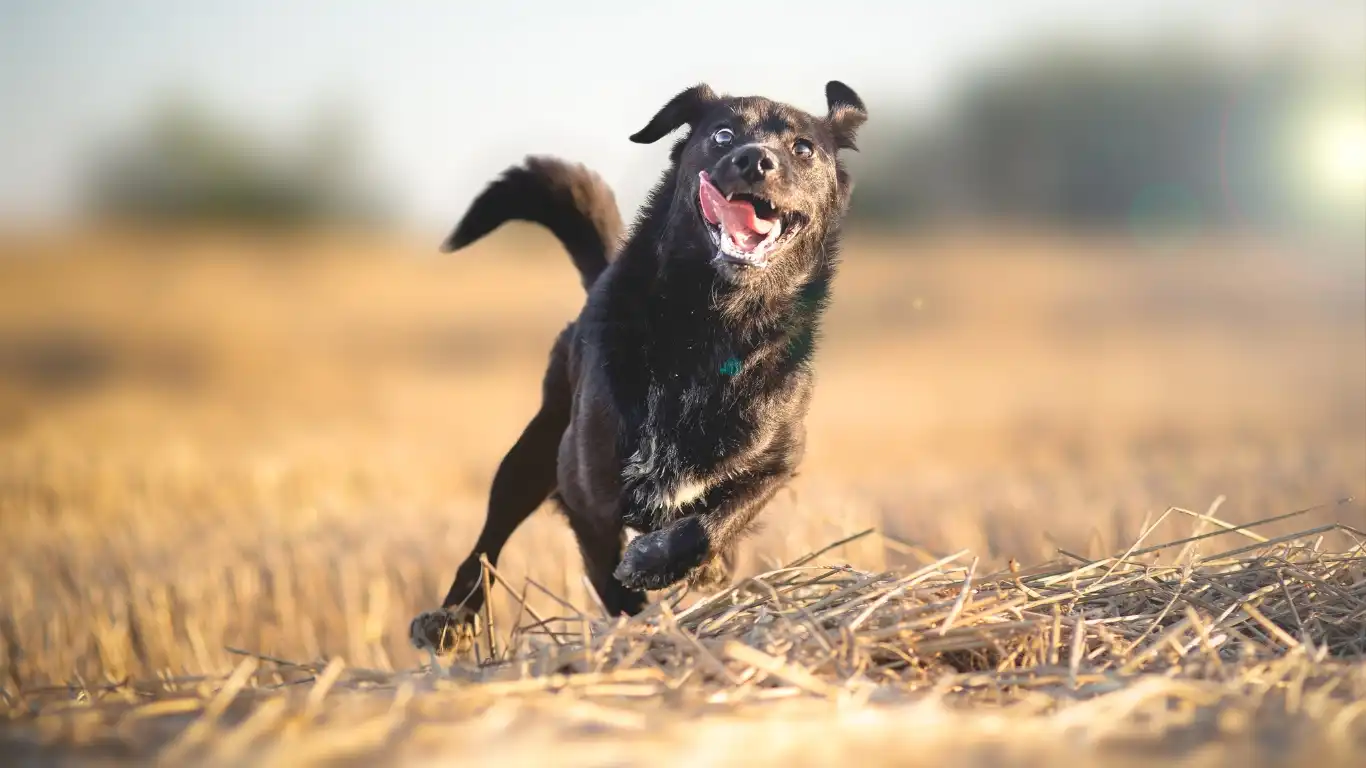
Lighting plays a surprisingly big role in how a dog feels in a space. Bright, overhead lights can be overstimulating, especially for already-anxious pups. I always suggest using softer, warmer lighting—table lamps, salt lamps, or even fairy lights can work beautifully. Think of it like setting the vibe for a cozy evening at home…for your dog.
And let’s talk clutter. If your dog’s area is crammed with stuff, it’s not going to feel peaceful. A visually calming space—neutral tones, minimal patterns—can reduce stimulation and help your pup relax faster.
Pro Tip From the Clinic
When I worked with a high-strung Border Collie named Leo, we discovered that a simple shift in lighting made all the difference. Switching from harsh LEDs to dimmable bulbs with a warm hue literally changed his behavior at night—less pacing, more snoozing. The little things really do add up.
Incorporating Calming Tools and Textures
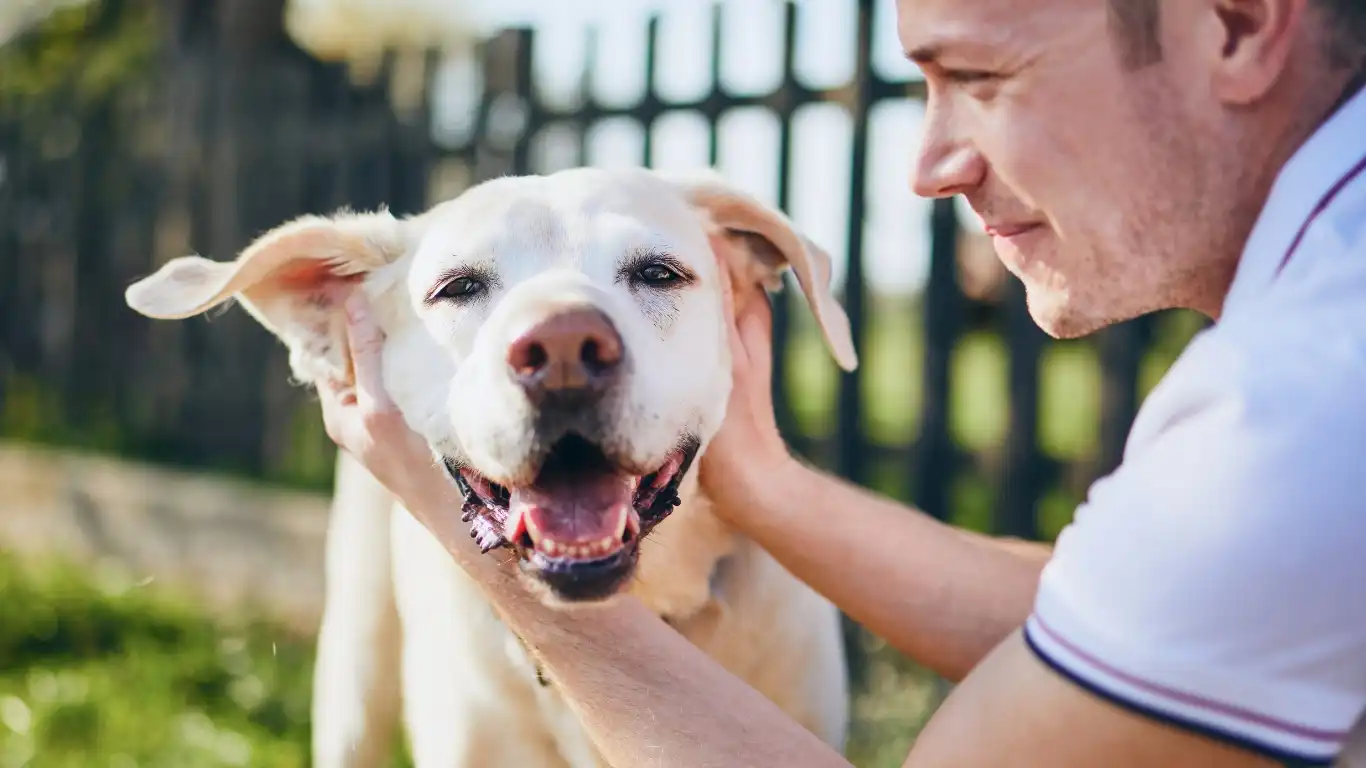
Once the vibe of your dog’s space feels calmer, it’s time to layer in some extra tools that can really boost their comfort. Over the years, I’ve seen huge benefits when pet parents take time to pay attention to *what their dog physically touches and interacts with*.
Textures matter more than you might think. Some dogs prefer firm support under their paws, while others absolutely melt into plushy fabrics. Try observing your dog during downtime—are they flopping on the carpet or seeking out a cool floor? That’ll tell you what kind of surface to prioritize in their chill zone.
Soothing Add-ons Worth Trying
- Weighted blankets for dogs – Yep, just like for people. Great for dogs who get nervous during storms or when left alone.
- Chew toys with calming properties – Look for options that include chamomile or lavender infusions. Bonus: chewing helps reduce anxiety naturally.
- Calming pheromone diffusers – Products like Adaptil plug-ins mimic the scent mama dogs produce to comfort their puppies. Super effective in some cases.
One of my clients had a Dachshund named Rosie who *hated* being alone. Her mom tried a calming chew, a soft donut bed, and a pheromone diffuser all at once—and honestly, it was like flipping a switch. Rosie went from pacing the hallways to snoozing peacefully while her mom was at work. Sometimes the combo effect really hits the sweet spot.
How to Create a Relaxing Space for Anxious Dogs Using Routine
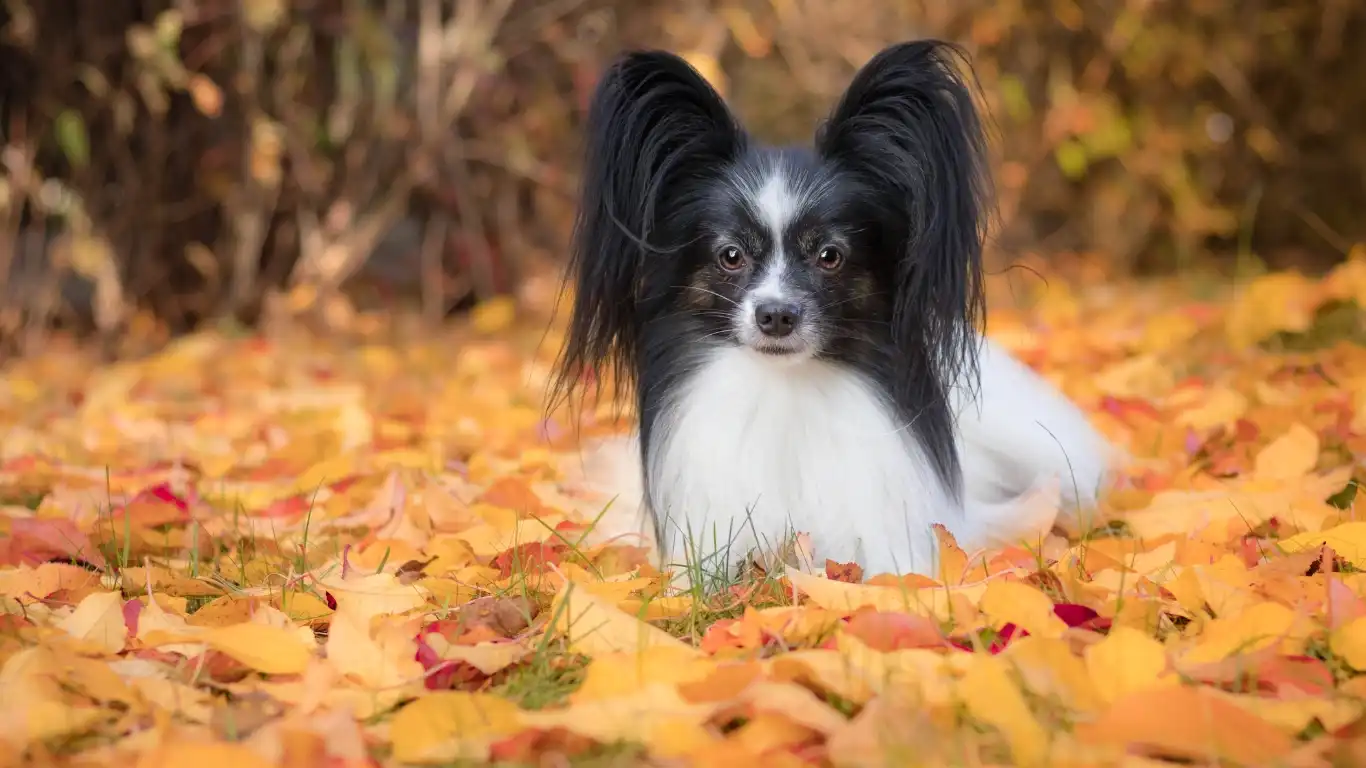
Creating a cozy environment is only part of the puzzle. The other major piece? Routine. Anxious dogs thrive on structure. Predictability = safety in their world. I always remind pet parents that their dog’s emotional wellness is tied to how consistent their daily experience feels.
Build Daily Predictability
Simple stuff like feeding times, walks, bathroom breaks, and bedtime rituals help dogs understand what to expect—and that reduces anxiety like you wouldn’t believe.
- Stick to regular feeding windows (try not to vary meal times by more than 30 minutes).
- Include a daily wind-down period—this can be snuggle time, soft music, or a gentle brushing session.
- Limit surprises. If visitors are coming or you’re leaving town, try to prep your pup ahead of time.
For example, one of my long-time patients, Max the Boxer, was super sensitive to change. His family started using a “calm down clock”—they’d turn on a specific playlist and dim the lights at the same time every evening. Within two weeks, Max had learned the cues and would naturally settle down without needing extra help. Wild, right?
Feeding and Nutrition: The Overlooked Anxiety Link
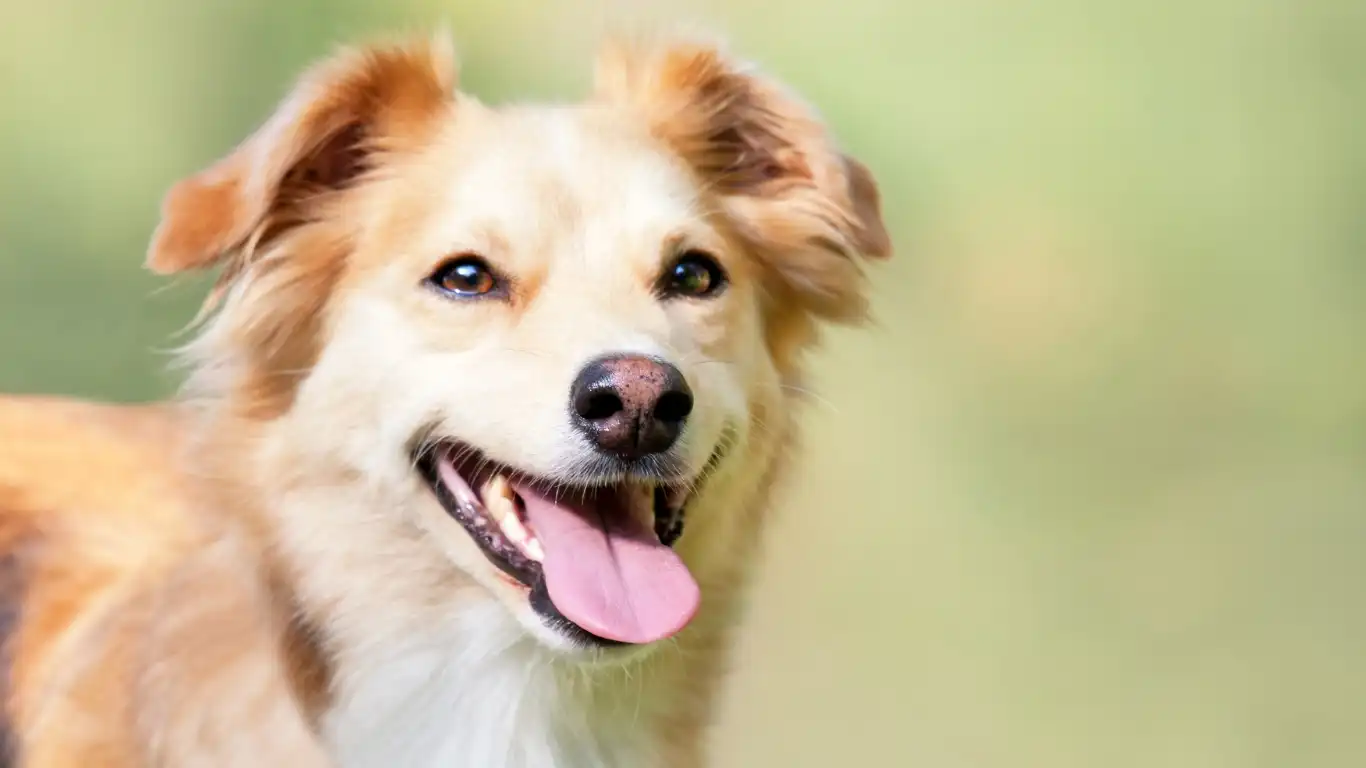
Now, I might be a little biased as a vet tech with a nutrition background, but I can’t stress enough how important your dog’s diet is to their mood. If your pup is anxious and also dealing with gut issues, skin problems, or inconsistent energy—nutrition might be playing a role.
Ingredients That Support a Calmer Mind
Some nutrients and ingredients are known to support the nervous system and help reduce anxiety in dogs:
- Omega-3 fatty acids – Found in fish oil, they support brain health and reduce inflammation (linked to stress responses).
- L-Theanine – An amino acid shown to promote calmness, often found in calming chews or supplements.
- Turkey or duck-based foods – These proteins naturally contain tryptophan, which helps produce serotonin (aka the feel-good hormone).
I remember working with a sweet rescue pup named Bella who had anxiety plus digestive issues. We put her on a limited-ingredient diet rich in Omega-3s and supplemented with a probiotic, and her progress was night and day. It wasn’t just the space—it was the *whole lifestyle shift* that helped her thrive.
Always check with your vet before adding supplements, of course. What works for one dog might not be the right call for another, especially if there are existing health conditions to consider.
Bonus Tip: You Set the Tone
This is something I talk about with nearly every pet parent I work with: Your energy matters. Dogs are crazy good at picking up on our moods. If you’re rushing, stressed, or frustrated, they’ll absorb that tension like a sponge. So when you’re in their safe zone or helping them relax, make sure *you’re* in a good headspace too.
One client told me she started doing yoga next to her dog’s calming area in the evenings. Her pup went from alert and restless to totally mellow during her sessions. Sometimes, just being present and calm yourself is the best gift you can give your anxious dog.
Training Techniques That Reinforce Calm Behavior
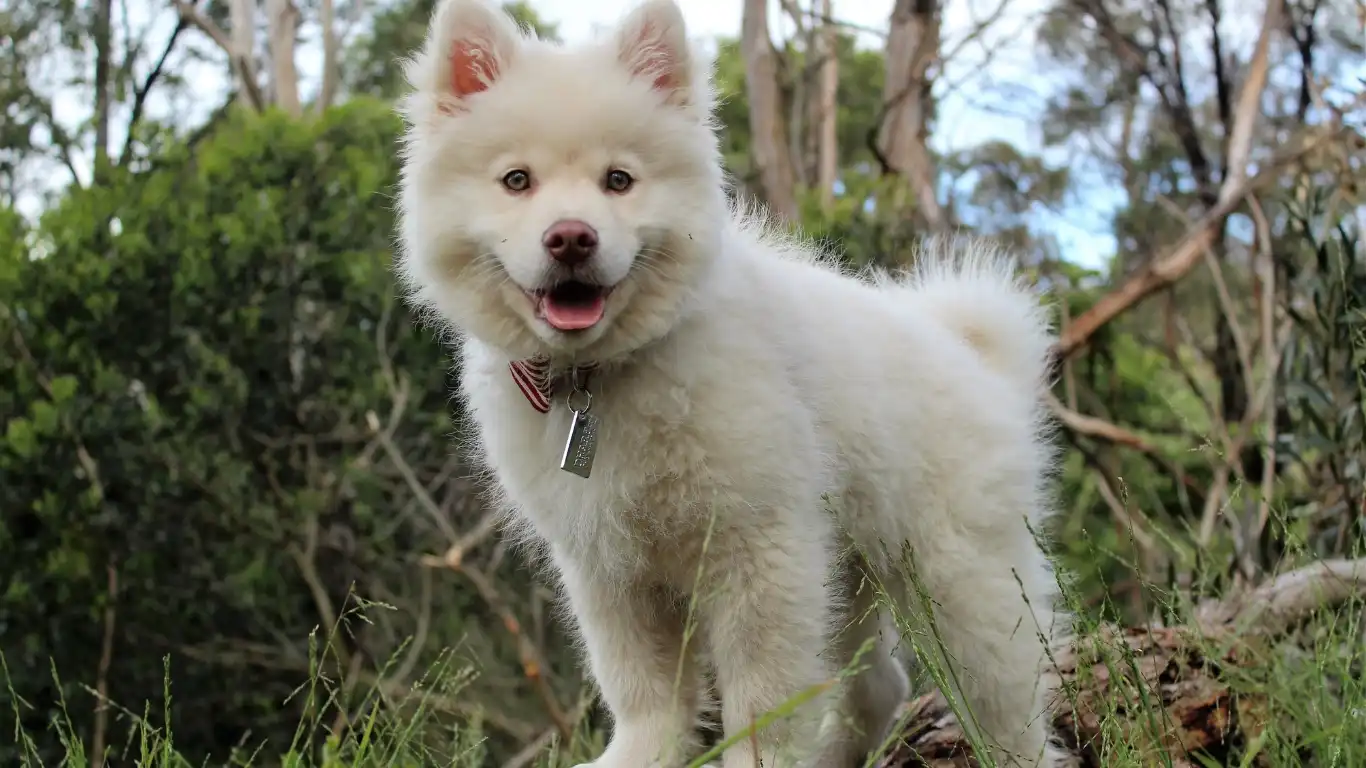
Now that you’ve built the right environment, layered in soothing tools, and adjusted your dog’s diet and routine, let’s talk behavior. Physical space is powerful, but *how* you engage with your anxious pup matters just as much. Over the years in clinic settings and home visits, I’ve seen firsthand how positive reinforcement training can make a huge difference in how dogs respond to stressors.
Teach and Reward Calm Moments
One of the most underrated strategies? Catching your dog when they’re being calm—and rewarding that behavior. Sounds simple, but we’re so used to reacting to barking, pacing, or whining, we often forget to praise when they’re just…chillin’.
- Use calm voice praise when your pup lies down quietly or chooses their safe space on their own.
- Pair calm behavior with high-value treats to reinforce the idea that relaxing = rewards.
- Introduce desensitization gradually—expose them to stressors in small doses, then immediately redirect to something positive.
For example, one of my clients had a super skittish terrier named Finn. Every time the mail truck rolled by, he’d lose it. We worked together to reward calm behavior with a lick mat and clicker training. Over time, Finn started associating the mail truck with treat time instead of panic. Total turnaround.
Enrichment Activities That Help Relieve Anxiety
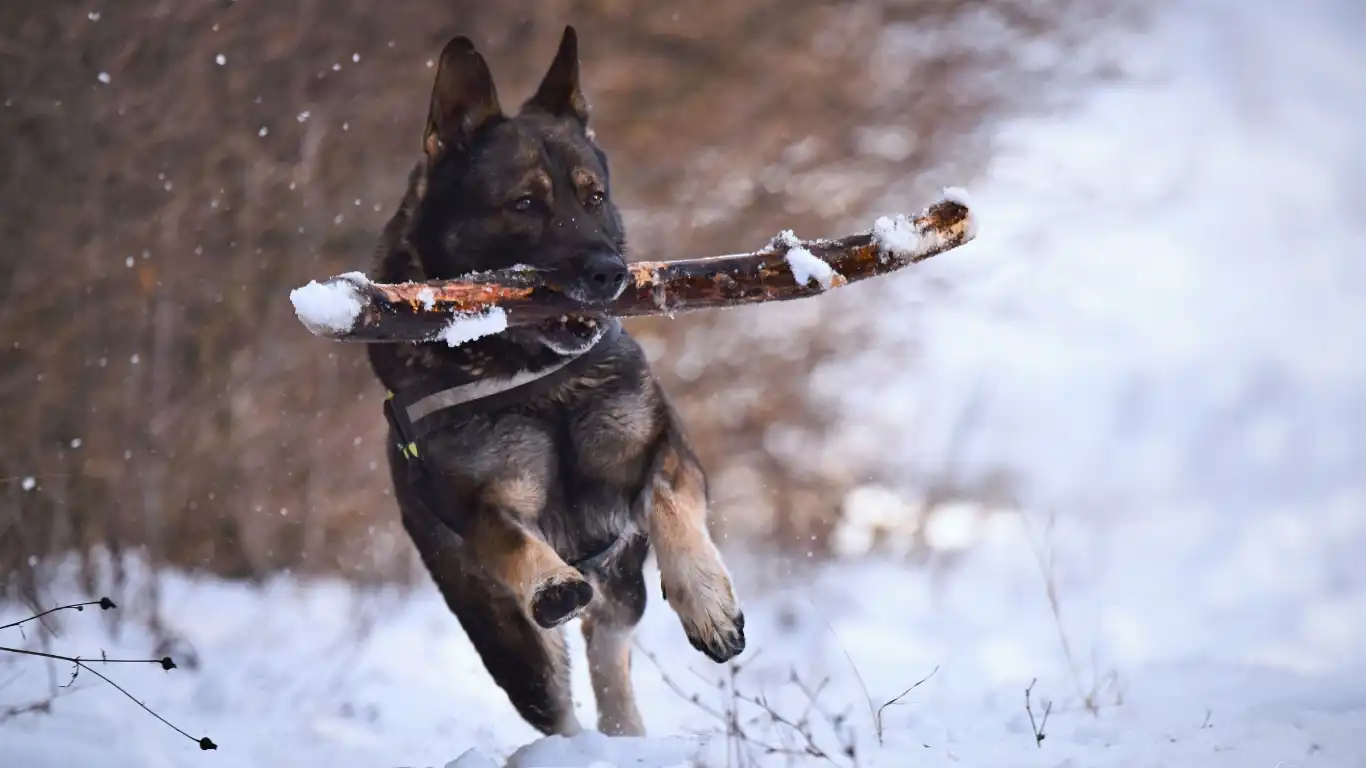
Anxious energy often has nowhere to go—so it shows up as destructive behavior, excessive barking, or restlessness. One of the best things you can do is offer your dog healthy outlets for that energy. Mental enrichment is just as important as physical exercise, especially for nervous pups.
Easy Enrichment Ideas to Try
These are all things I recommend to my clients and use with my own dogs when they’re feeling a bit on edge:
- Food puzzles – Great for slowing down fast eaters and engaging the brain.
- Snuffle mats – Encourage natural foraging behavior and can calm high-energy minds.
- Interactive toys – Rotate different textures and challenge levels to prevent boredom.
- DIY scent games – Hide treats around the room and let your dog “hunt.” Natural stress relief!
There was this one shepherd mix I worked with—Dexter. Smart as a whip but wired like a live wire. His family started doing daily enrichment sessions with puzzles and scent games, and it gave his brain somewhere to focus. He became noticeably calmer even outside of those sessions. Mental stimulation is no joke!
When to Seek Professional Help
Sometimes, despite our best efforts, a dog’s anxiety goes beyond what can be managed with environmental tweaks and enrichment. That’s totally okay—there’s no shame in getting support. If your dog is showing signs like self-injury, uncontrollable aggression, or persistent panic attacks, it’s time to call in a pro.
Options for Extra Support
- Certified dog behaviorists – These pros can dig into the root of the issue and offer a custom plan.
- Veterinarians – They can rule out medical causes or recommend anti-anxiety meds if needed.
- Veterinary behaviorists – A great choice for more complex or long-term anxiety cases.
I’ve partnered with behaviorists on cases where we needed a layered approach—nutrition, training, meds, and environment. Dogs with trauma histories or neurological sensitivities sometimes need that full-circle care. Trust me, the results are worth it when you see a scared dog finally start to relax.
Final Thoughts
Learning how to create a relaxing space for anxious dogs isn’t a one-size-fits-all checklist—it’s a journey that requires patience, love, and some trial and error. Whether it’s through soft lighting, calming routines, enrichment games, or even nutritional support, every piece you add to your dog’s world helps create a foundation of trust and safety.
From my experience in vet clinics and in homes, I’ve seen the smallest changes—like moving a bed to a quieter spot or introducing a routine massage—make huge emotional impacts. So start small, stay consistent, and remember: your calm, reassuring presence is often the most powerful part of the puzzle.
References
- American Veterinary Medical Association
- ASPCA
- American Kennel Club (AKC)
- Cornell University College of Veterinary Medicine
Disclaimer
This article is for informational purposes only and is based on my experience as a Veterinary Technician specializing in nutrition. Always consult with your veterinarian or a qualified animal behaviorist before making significant changes to your dog’s environment, diet, or routine—especially if your dog shows signs of severe anxiety or behavioral distress.
